Listen to Abyi, people. But above all, elect him!
Posted: 19 May 2021, 04:30
_____________
Ethiopian News & Opinion
https://mereja.forum/content/





May 24, 1991 marks the beginning of a new national life of the State of Eritrea that is now 30 years old. Thirty years might be quite many for a person’s age, but it is a mere speck in the life of a nation. Thirty years ago the people of Eritrea were a colonized people subjected to humiliation, indignity, uncertainty, extrajudicial killings, arbitrary arrests, rape, pillage and all sorts of oppression. They were not treated as people, that deserve rights and dignity.achieving national independence and sovereignty is the conclusion of an important chapter in the history of the people of Eritrea, yet at the same time, the beginning of a new chapter.



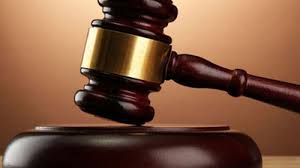
Justice Ssenoga said.The commission of the offences was meticulously premeditated and executed. All the convicts acted in furtherance of an unlawful purpose and each one played a part in the commission of the offences as they failed to dissociate themselves from the heinous acts.
The deceased was kidnapped, threatened to be charged with made up offences, sedated into unconsciousness, robbed and was eventually murdered for the sole purpose of stealing money that he had on his accounts. The kidnap was as a result of fraud and his death was not accidental, but deliberately occasioned in furtherance of unlawful purpose.
The court said that the trio spent a lot of time planning their mission, until their pulled it off meticulously.The body of the deceased was set ablaze, with an apparent intention of causing disguise about the cause of death and to hide the identity of the deceased.
she said.The offence negatively impacted on the victim’s family, relatives and friends and the public at large. Such offences cause a lot of concern, for security and safety of people in society. Because of commission of such offences, people are not free to enjoys fruits of the honest labours. The sentences are meant to send out a strong message to the public and other would be offenders, that crime doesn’t pay and will not be tolerated by anyone.

she said.The sentences to run concurrently and the period spent on remand, should be deducted,
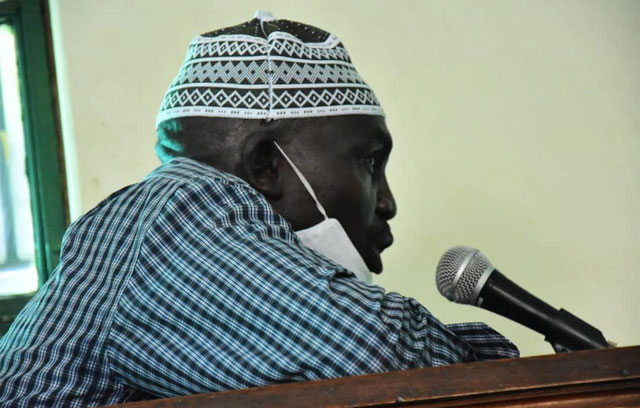



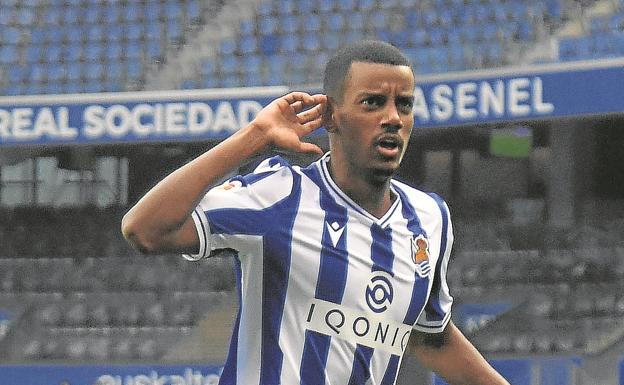


What We Provide, We Provide Well!


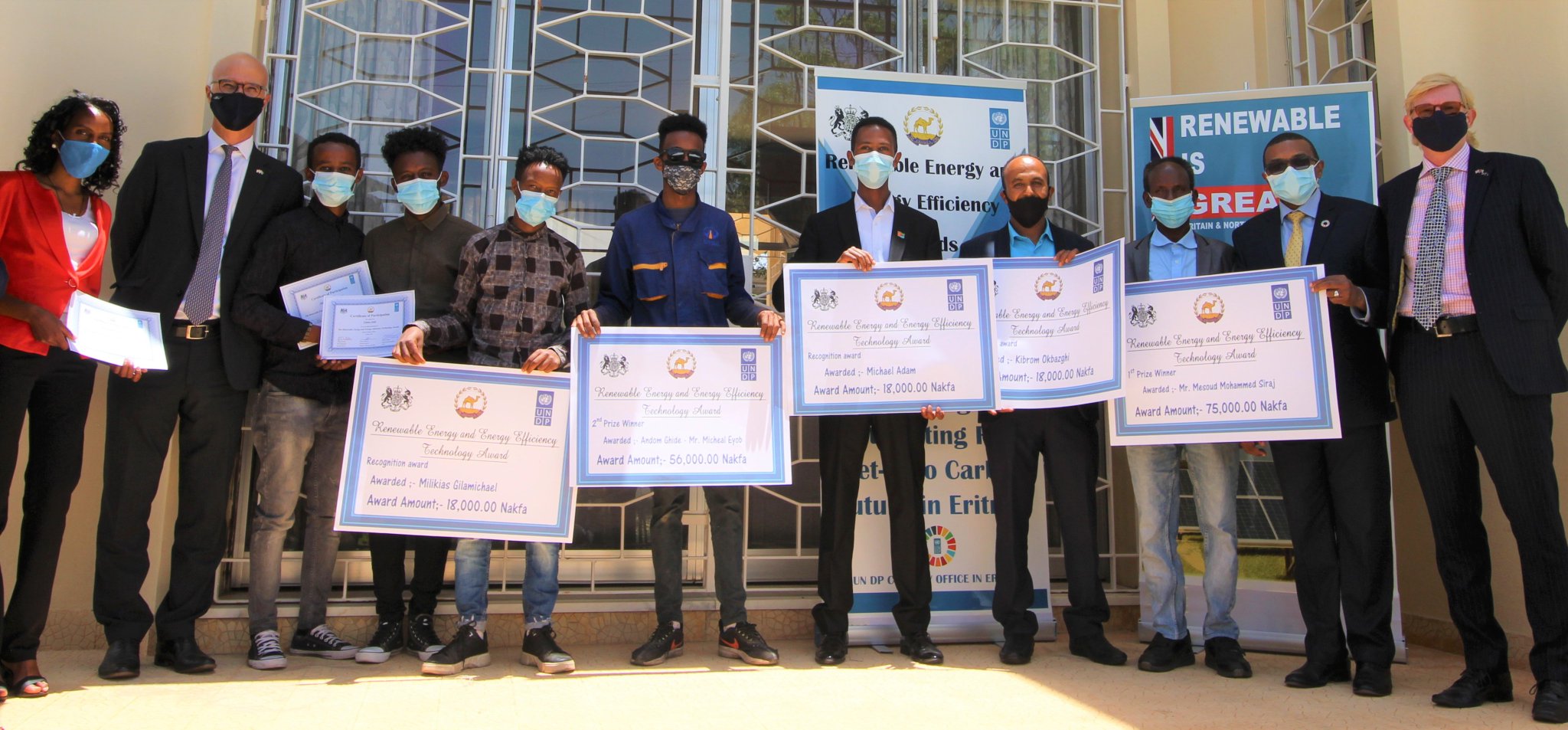
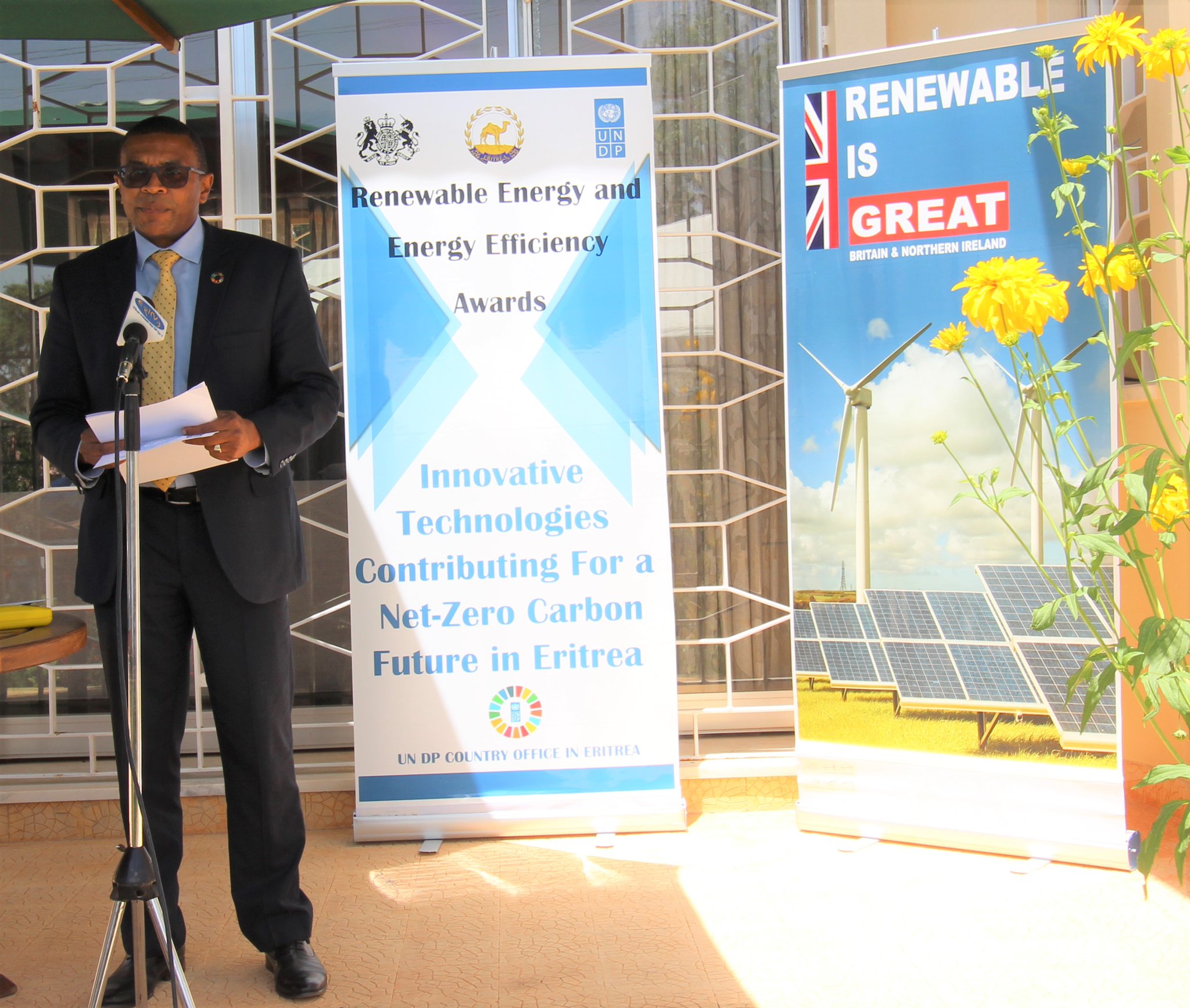

@wakiaga @UNDPAfrica @UNDPClimate @COP26Today’s event is therefore, a reinforcement of our collective partnership to walk this journey and accompany the country in its aspiration of a net-zero carbon future for Eritrea.
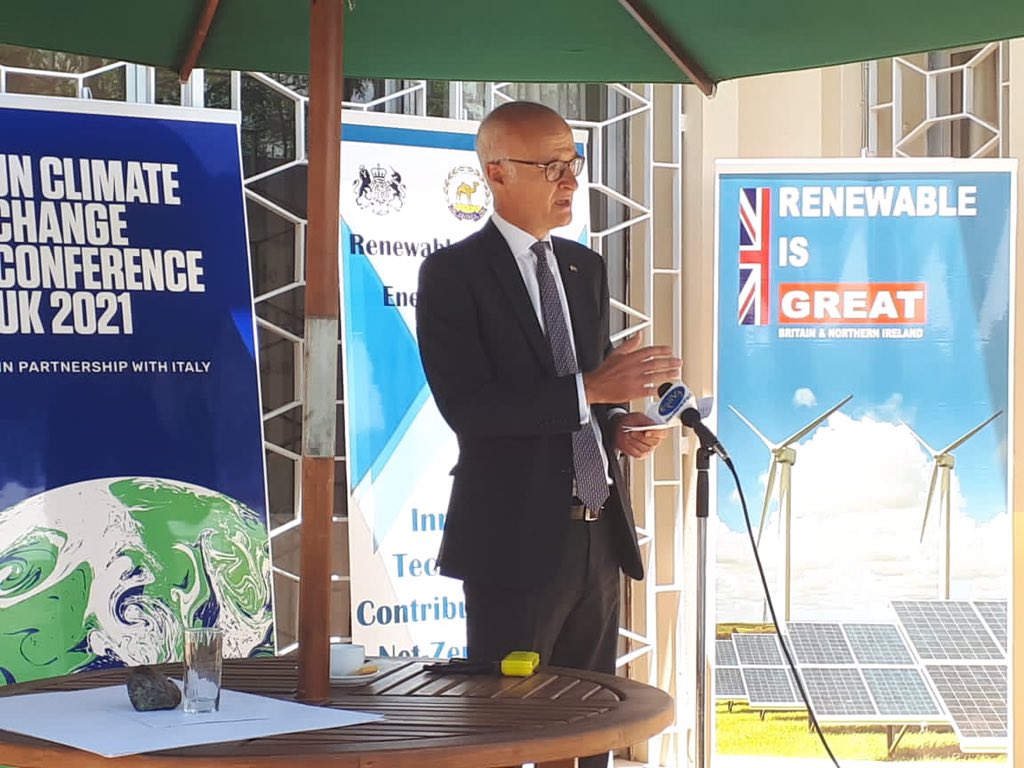

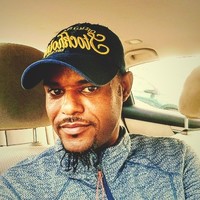
sesame wrote: ↑08 Nov 2023, 00:59Awetash (eden),
Shaebia also carried TPLF on its tanks to Addis. We are not responsible if like the AGAMES, Abiy turned into a turn-coat. In any case, both TPLF and Abiy served their purpose. Abiy was very instrumental in breaking the back of TPLF. Togray is now on the verge of a destructive civil war as war-lords vie for control of whatever remains. As for Abiy, how much time do you give him before he fades into the sunset?


Please wait, video is loading...

Zmeselo wrote: ↑19 May 2021, 05:27
Respecting Eritrean National Symbols
By Mikal Tesfay
https://shabait.com/2021/05/19/respecti ... l-symbols/
HISTORY & CULTURE
May 19, 2021
National symbols unite people by creating visual, verbal, or iconic representations of a nation’s people, values, goals, or history. They are often used as a rallying point and are designed to be inclusive and representative of all the people of a nation. Eritrea has national symbols, that unite its citizens at home and abroad and represent it in the world. The three national symbols of Eritrea are the national flag, the national emblem and the national anthem.
It was exactly 6.P.M three days ago, when I reached around the 6th police station. Aside from me, many people were walking up and down the street. That moment, I heard a whistle. I stood straight at attention and gazed at the flag with deep respect and delight, while the beautiful colors waved in the gentle breeze at dusk. Those who were driving also stopped, and got off their cars.
A national flag is a human-made fabric, that symbolizes a country. The Eritrean national flag, is a symbol of the country’s history and its future. It comprises of two triangles in blue and green with a red triangle pointing away from the hoist side. In the center of the red triangle are golden olive branches. The olive branches, which were adapted from the 1952 Eritrean flag, represent peace. The green color in the flag stands for the agriculture and livestock of the country, the blue represents the bounty of the Red Sea, and the red stands for the bloodshed in the struggle with the 30 leaves in the wreath representing the thirty years spent in the armed struggle.
Eritrean freedom fighters sacrificed their lives, to accomplish their mission in the struggle for independence. There were over 65,000 martyrs and tens of thousands of disabled fighters, during the 30 years’ war for independence. Moreover, thousands of civilians were killed. We have to show respect and express gratitude to all patriots who fought and continue to fight, for peace and development.
When I was around six years old, my oldest aunt, a freedom fighter, used to tell me stories about the armed struggle in a way I could understand. A part of the stories that involved the role a camel played during the armed struggle grabbed my attention, and there is one particular incident that I can never forget. It was, in 1982. The Derg army was preparing for the biggest offensive, since the beginning of the armed struggle. Its goal was to destroy the independence struggle, once and for all. The freedom fighters, with the help of their people, started to take actions. Everyone was contributing as an Eritrean.
The peasants used their camels to transport ammunition. My aunt and other fighters were moving to the frontline, accompanied by three camels. But on their way the camel that was leading the caravan stepped on a landmine, which killed the two camels and injured the third one. The third camel lost its eye and was badly injured. Nevertheless, it completed the journey and reached the front line.
The national emblem of Eritrea, the camel, was adopted on the second anniversary of Eritrea’s independence, 24 May 1993. The camel was a reliable means of transportation, during the armed struggle. Since camels can carry heavy loads and travel long distances enduring thirst and hunger, the freedom fighters used them to transport ammunition, food supplies and wounded fighters. They were the best and most loyal servants of the Eritrean patriots, for 30 years.
Another national symbol of a nation is: the national anthem. A national anthem is generally a patriotic musical composition that evokes and praises the history, tradition, and struggles of its people, recognized either by a nation’s government as the official national song or by convention through use by the people.
“Ertra, Ertra, Ertra” the national anthem of Eritrea holds a deep rooted history of the era, before and after the 30 years of armed struggle.
The lyrics of the Eritrean national anthem were written by Solomon Tsehaye Beraki, and the music composed by Isaac Abraham Meharezghi and Aron Tekie Tesfatsion. A Certain etiquette is supposed to be observed, when the national anthem is playing and when a flag is raised and lowered. It usually involves military honors, standing up straight, removing headwear, etc.
The national anthem is played at national holidays and festivals. It is also sung at schools, during the flag hoisting and lowering ceremonies. Aside from that, radio and television stations play the national anthem when they sign in in the morning and when they sign off at night. Every word stated in the anthem is either about the past or the future. The three mentioned above are the main symbols that represent not only Eritrea, but also the sacrifice made for its independence.
May – A month of Dignity
By Simon Weldemichael
https://shabait.com/2021/05/19/may-a-month-of-dignity/
GENERAL
May 19, 2021
The year 1991 was a watershed, in the history of Eritrea and Ethiopia. After a hundred years of foreign rule, the people of Eritrea, under the leadership of the EPLF, became victorious. After thirty years of armed struggle, Eritrean freedom fighters defeated the military government of Ethiopia and entered Asmara on May 24, 1991. When the EPLF drove out the Derg, it also won the mandate to rejuvenate Eritrea. At long last, the great, courageous and industrious people of Eritrea have stood up with pride and dignity.
In 1991, the colonial rule was terminated and Eritreans established an independent and sovereign country and a government of their own. The people of Eritrea have become masters of their own country, and hold their future in their own hands. The national charter of Eritrea adopted at the third congress of the EPLF in February 1994 states that,
May 24, 1991 marks the beginning of a new national life of the State of Eritrea that is now 30 years old. Thirty years might be quite many for a person’s age, but it is a mere speck in the life of a nation. Thirty years ago the people of Eritrea were a colonized people subjected to humiliation, indignity, uncertainty, extrajudicial killings, arbitrary arrests, rape, pillage and all sorts of oppression. They were not treated as people, that deserve rights and dignity.achieving national independence and sovereignty is the conclusion of an important chapter in the history of the people of Eritrea, yet at the same time, the beginning of a new chapter.
The people of Eritrea were suffering and being humiliated, under successive foreign occupations. For hundred years since the formation of Eritrea (1890-1991), Eritreans were under the Italian, British and Ethiopian rule. In those years of humiliation, Eritreans never ceased to struggle against racial segregation, colonization and dehumanization perpetuated by the colonizers.
The armed struggle for independence was long, bitter and costly, but it constitutes a glorious chapter in the rich pages of the Eritrean history. The valiant and successful struggle of the Eritrean people, ultimately, led to the restoration of dignity and rebirth of Eritrea. The struggle for independence today enjoys the respect, admiration and affection of all Eritreans. It continues to serve as the symbol of indomitability in adversity, of courage when confronted by danger, of dignity and resolve when threatened with defeat, and of magnanimity and generosity in victory.
Thanks to independence every Eritrean today has secured the right to life, property and happiness. We are enjoying the right to be treated in a manner befitting human dignity with access to free education and health care, and our personal lives and property protected. Every year we celebrate the good that has been achieved over the decades since independence and we know exactly the areas where we still need to make progress.
The post-independence period, has not been as smooth as envisioned. The TPLF regime unleashed a new war against Eritrea barely seven years after liberation, under the pretext of border dispute. The vicious war that raged for two long years, inculcated much loss of life and huge economic devastation. The TPLF’s subsequent malicious policy of adversity and flagrant violation of international law, further impeded Eritrea’ steady progress on national building and economic growth in all its dimensions. These formidable obstacles notwithstanding, substantial achievements have been made in education, health-care, and other essential sectors.
Every people want to be treated with dignity and know, whether or not they are being treated with the dignity they believe they deserve. The dignity of the Eritrean people has been acknowledged and respected by the international community, after the de facto and de jure declaration of independence. Indeed, national independence emboldens the worthiness, nobleness and honor of the people.
The heroes and heroines of the Eritrean revolution, fathers and mothers of this nation, were wise. Our forefathers’ resolve to destroy the yoke of colonialism and humiliation, is what gave birth to an independent Eritrea. The thirty years of struggle, was for dignity. In other words, the struggle demanded not only the ousting of colonizers but demands respect. The claim of human dignity, is that simply being human makes one worthy or deserving of respect. May 24, 1991 opens a new window of opportunity and gives Eritreans a means to realize their potential. The victory of 1991, reinforced the national effort to rid Eritrea of the humiliation it had suffered at the hands of colonizers and to restore it to a position of dignity and greatness.
Eritreans understand the dangers of sticking to the past. After the suffering they had undergone in the struggle for independence, they sought to look to the future rather than stay stuck in the past. They consciously chose to forgive, but not to forget. Forgiveness, is a door to peace and development. The people and leadership of Eritrea have never hesitated to live in peace, with their former colonizers. They did not allow the acid of hatred and vengeance, to corrode their souls and poison their hearts. While celebrating our independence, we extend our mercy and forgiveness and have opened a new chapter of construction. With the signing of a peace and friendship agreement with Ethiopia in July 2018, Eritrea has established new relationships to restore our belief in good neighborliness.
Eritreans have gained powerful lifetime experiences, that help transform them to be able to use their fullest potential. The strength of the people has been demonstrated, by their will to never surrender their dignity.
What independence must now mean to us in practical terms is the continuation of the revolutionary process, that yielded it. Eritrea is currently preparing to celebrate the 30th anniversary of independence under the theme “Resilient– As Ever”, ceremoniously. While celebrating, we are also mindful of the sacrifices paid for our dignity.
Zmeselo wrote: ↑19 May 2021, 05:27
Respecting Eritrean National Symbols
By Mikal Tesfay
https://shabait.com/2021/05/19/respecti ... l-symbols/
HISTORY & CULTURE
May 19, 2021
National symbols unite people by creating visual, verbal, or iconic representations of a nation’s people, values, goals, or history. They are often used as a rallying point and are designed to be inclusive and representative of all the people of a nation. Eritrea has national symbols, that unite its citizens at home and abroad and represent it in the world. The three national symbols of Eritrea are the national flag, the national emblem and the national anthem.
It was exactly 6.P.M three days ago, when I reached around the 6th police station. Aside from me, many people were walking up and down the street. That moment, I heard a whistle. I stood straight at attention and gazed at the flag with deep respect and delight, while the beautiful colors waved in the gentle breeze at dusk. Those who were driving also stopped, and got off their cars.
A national flag is a human-made fabric, that symbolizes a country. The Eritrean national flag, is a symbol of the country’s history and its future. It comprises of two triangles in blue and green with a red triangle pointing away from the hoist side. In the center of the red triangle are golden olive branches. The olive branches, which were adapted from the 1952 Eritrean flag, represent peace. The green color in the flag stands for the agriculture and livestock of the country, the blue represents the bounty of the Red Sea, and the red stands for the bloodshed in the struggle with the 30 leaves in the wreath representing the thirty years spent in the armed struggle.
Eritrean freedom fighters sacrificed their lives, to accomplish their mission in the struggle for independence. There were over 65,000 martyrs and tens of thousands of disabled fighters, during the 30 years’ war for independence. Moreover, thousands of civilians were killed. We have to show respect and express gratitude to all patriots who fought and continue to fight, for peace and development.
When I was around six years old, my oldest aunt, a freedom fighter, used to tell me stories about the armed struggle in a way I could understand. A part of the stories that involved the role a camel played during the armed struggle grabbed my attention, and there is one particular incident that I can never forget. It was, in 1982. The Derg army was preparing for the biggest offensive, since the beginning of the armed struggle. Its goal was to destroy the independence struggle, once and for all. The freedom fighters, with the help of their people, started to take actions. Everyone was contributing as an Eritrean.
The peasants used their camels to transport ammunition. My aunt and other fighters were moving to the frontline, accompanied by three camels. But on their way the camel that was leading the caravan stepped on a landmine, which killed the two camels and injured the third one. The third camel lost its eye and was badly injured. Nevertheless, it completed the journey and reached the front line.
The national emblem of Eritrea, the camel, was adopted on the second anniversary of Eritrea’s independence, 24 May 1993. The camel was a reliable means of transportation, during the armed struggle. Since camels can carry heavy loads and travel long distances enduring thirst and hunger, the freedom fighters used them to transport ammunition, food supplies and wounded fighters. They were the best and most loyal servants of the Eritrean patriots, for 30 years.
Another national symbol of a nation is: the national anthem. A national anthem is generally a patriotic musical composition that evokes and praises the history, tradition, and struggles of its people, recognized either by a nation’s government as the official national song or by convention through use by the people.
“Ertra, Ertra, Ertra” the national anthem of Eritrea holds a deep rooted history of the era, before and after the 30 years of armed struggle.
The lyrics of the Eritrean national anthem were written by Solomon Tsehaye Beraki, and the music composed by Isaac Abraham Meharezghi and Aron Tekie Tesfatsion. A Certain etiquette is supposed to be observed, when the national anthem is playing and when a flag is raised and lowered. It usually involves military honors, standing up straight, removing headwear, etc.
The national anthem is played at national holidays and festivals. It is also sung at schools, during the flag hoisting and lowering ceremonies. Aside from that, radio and television stations play the national anthem when they sign in in the morning and when they sign off at night. Every word stated in the anthem is either about the past or the future. The three mentioned above are the main symbols that represent not only Eritrea, but also the sacrifice made for its independence.
May – A month of Dignity
By Simon Weldemichael
https://shabait.com/2021/05/19/may-a-month-of-dignity/
GENERAL
May 19, 2021
The year 1991 was a watershed, in the history of Eritrea and Ethiopia. After a hundred years of foreign rule, the people of Eritrea, under the leadership of the EPLF, became victorious. After thirty years of armed struggle, Eritrean freedom fighters defeated the military government of Ethiopia and entered Asmara on May 24, 1991. When the EPLF drove out the Derg, it also won the mandate to rejuvenate Eritrea. At long last, the great, courageous and industrious people of Eritrea have stood up with pride and dignity.
In 1991, the colonial rule was terminated and Eritreans established an independent and sovereign country and a government of their own. The people of Eritrea have become masters of their own country, and hold their future in their own hands. The national charter of Eritrea adopted at the third congress of the EPLF in February 1994 states that,
May 24, 1991 marks the beginning of a new national life of the State of Eritrea that is now 30 years old. Thirty years might be quite many for a person’s age, but it is a mere speck in the life of a nation. Thirty years ago the people of Eritrea were a colonized people subjected to humiliation, indignity, uncertainty, extrajudicial killings, arbitrary arrests, rape, pillage and all sorts of oppression. They were not treated as people, that deserve rights and dignity.achieving national independence and sovereignty is the conclusion of an important chapter in the history of the people of Eritrea, yet at the same time, the beginning of a new chapter.
The people of Eritrea were suffering and being humiliated, under successive foreign occupations. For hundred years since the formation of Eritrea (1890-1991), Eritreans were under the Italian, British and Ethiopian rule. In those years of humiliation, Eritreans never ceased to struggle against racial segregation, colonization and dehumanization perpetuated by the colonizers.
The armed struggle for independence was long, bitter and costly, but it constitutes a glorious chapter in the rich pages of the Eritrean history. The valiant and successful struggle of the Eritrean people, ultimately, led to the restoration of dignity and rebirth of Eritrea. The struggle for independence today enjoys the respect, admiration and affection of all Eritreans. It continues to serve as the symbol of indomitability in adversity, of courage when confronted by danger, of dignity and resolve when threatened with defeat, and of magnanimity and generosity in victory.
Thanks to independence every Eritrean today has secured the right to life, property and happiness. We are enjoying the right to be treated in a manner befitting human dignity with access to free education and health care, and our personal lives and property protected. Every year we celebrate the good that has been achieved over the decades since independence and we know exactly the areas where we still need to make progress.
The post-independence period, has not been as smooth as envisioned. The TPLF regime unleashed a new war against Eritrea barely seven years after liberation, under the pretext of border dispute. The vicious war that raged for two long years, inculcated much loss of life and huge economic devastation. The TPLF’s subsequent malicious policy of adversity and flagrant violation of international law, further impeded Eritrea’ steady progress on national building and economic growth in all its dimensions. These formidable obstacles notwithstanding, substantial achievements have been made in education, health-care, and other essential sectors.
Every people want to be treated with dignity and know, whether or not they are being treated with the dignity they believe they deserve. The dignity of the Eritrean people has been acknowledged and respected by the international community, after the de facto and de jure declaration of independence. Indeed, national independence emboldens the worthiness, nobleness and honor of the people.
The heroes and heroines of the Eritrean revolution, fathers and mothers of this nation, were wise. Our forefathers’ resolve to destroy the yoke of colonialism and humiliation, is what gave birth to an independent Eritrea. The thirty years of struggle, was for dignity. In other words, the struggle demanded not only the ousting of colonizers but demands respect. The claim of human dignity, is that simply being human makes one worthy or deserving of respect. May 24, 1991 opens a new window of opportunity and gives Eritreans a means to realize their potential. The victory of 1991, reinforced the national effort to rid Eritrea of the humiliation it had suffered at the hands of colonizers and to restore it to a position of dignity and greatness.
Eritreans understand the dangers of sticking to the past. After the suffering they had undergone in the struggle for independence, they sought to look to the future rather than stay stuck in the past. They consciously chose to forgive, but not to forget. Forgiveness, is a door to peace and development. The people and leadership of Eritrea have never hesitated to live in peace, with their former colonizers. They did not allow the acid of hatred and vengeance, to corrode their souls and poison their hearts. While celebrating our independence, we extend our mercy and forgiveness and have opened a new chapter of construction. With the signing of a peace and friendship agreement with Ethiopia in July 2018, Eritrea has established new relationships to restore our belief in good neighborliness.
Eritreans have gained powerful lifetime experiences, that help transform them to be able to use their fullest potential. The strength of the people has been demonstrated, by their will to never surrender their dignity.
What independence must now mean to us in practical terms is the continuation of the revolutionary process, that yielded it. Eritrea is currently preparing to celebrate the 30th anniversary of independence under the theme “Resilient– As Ever”, ceremoniously. While celebrating, we are also mindful of the sacrifices paid for our dignity.
ነገረ ሕግደፍ - አሳ ጎርጓሪ ዘንዶ ያወጣልListen to Abyi, people. But above all, elect him!